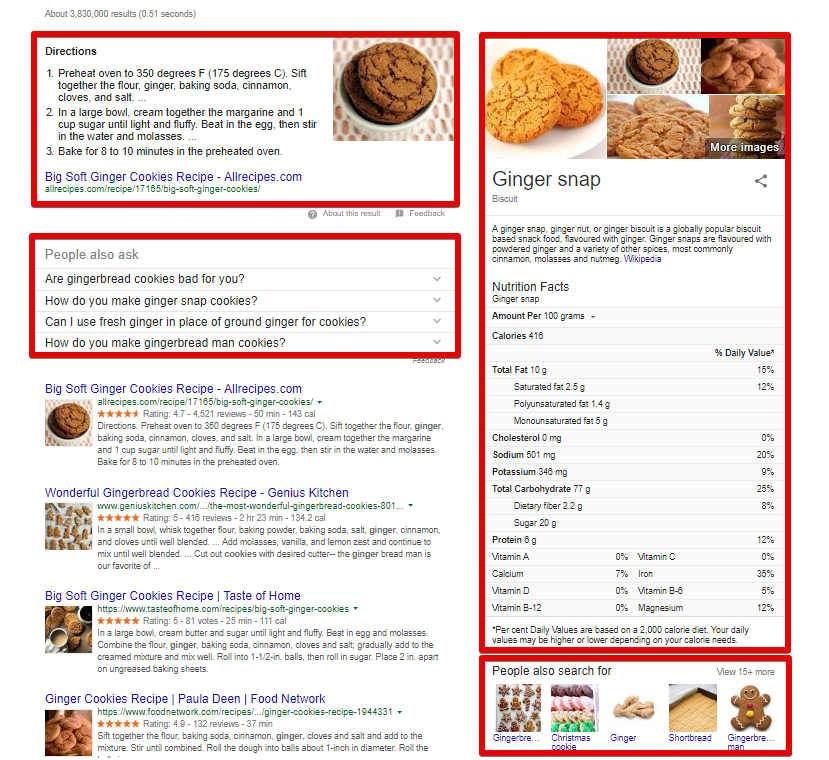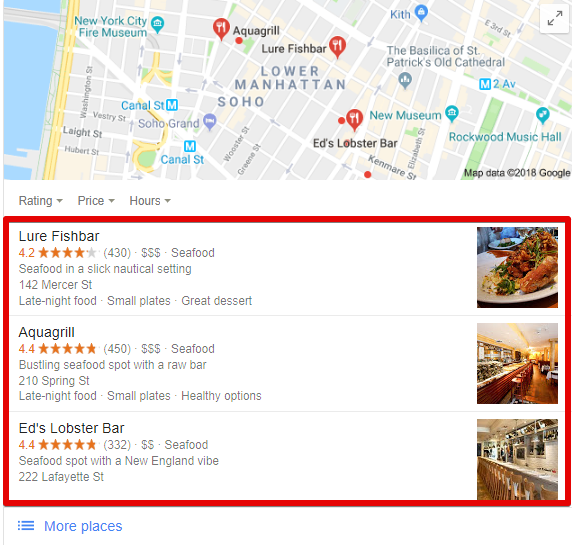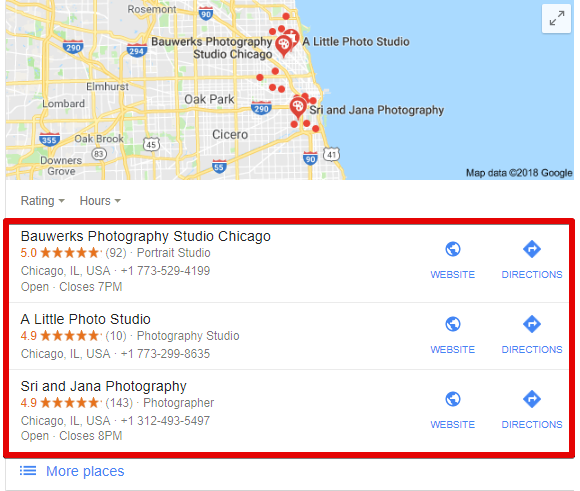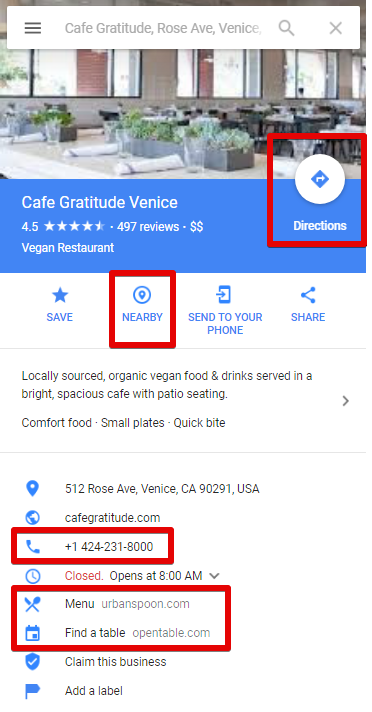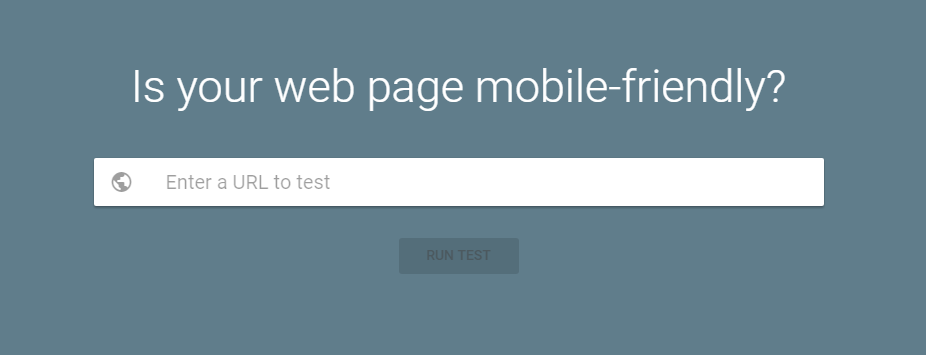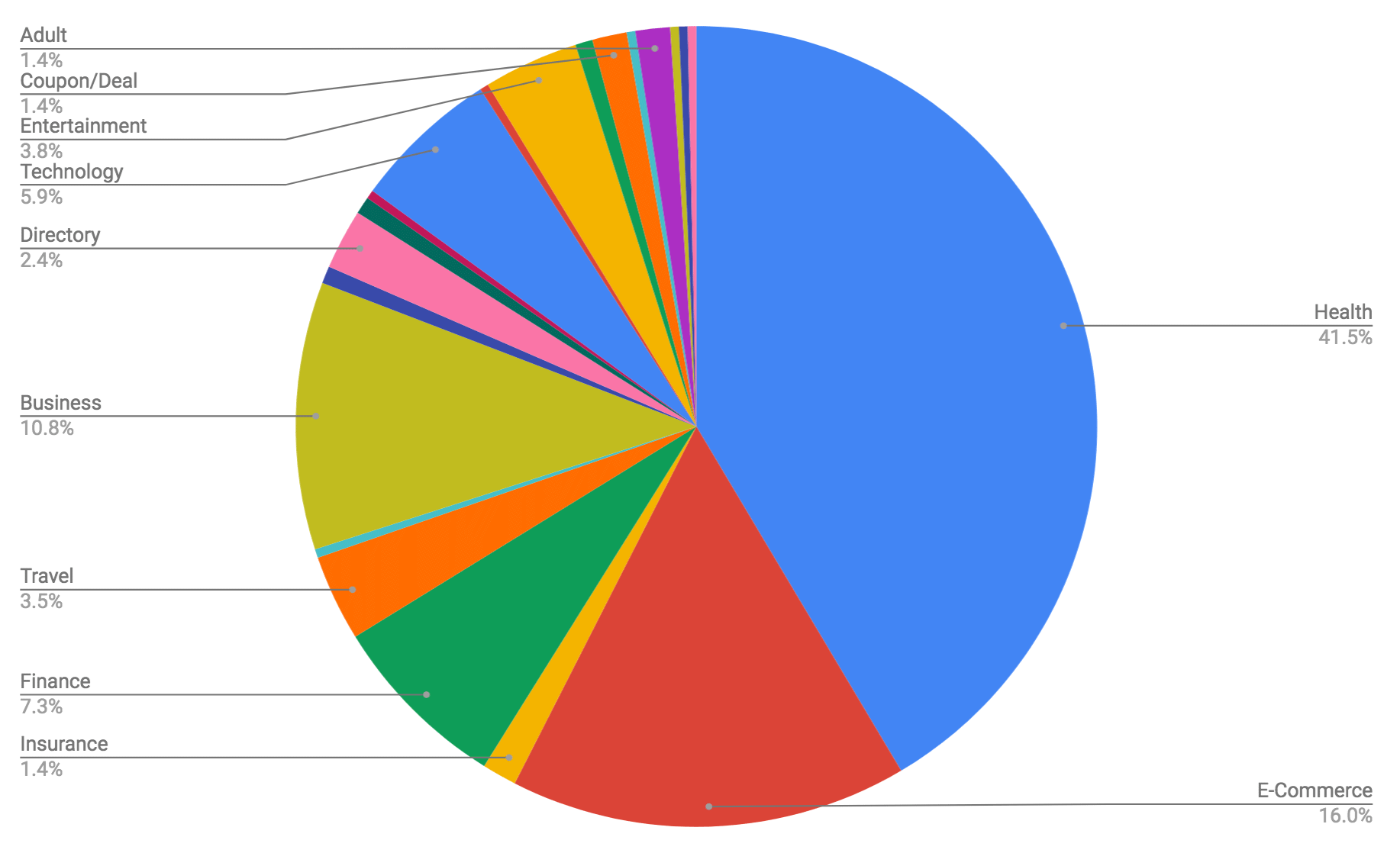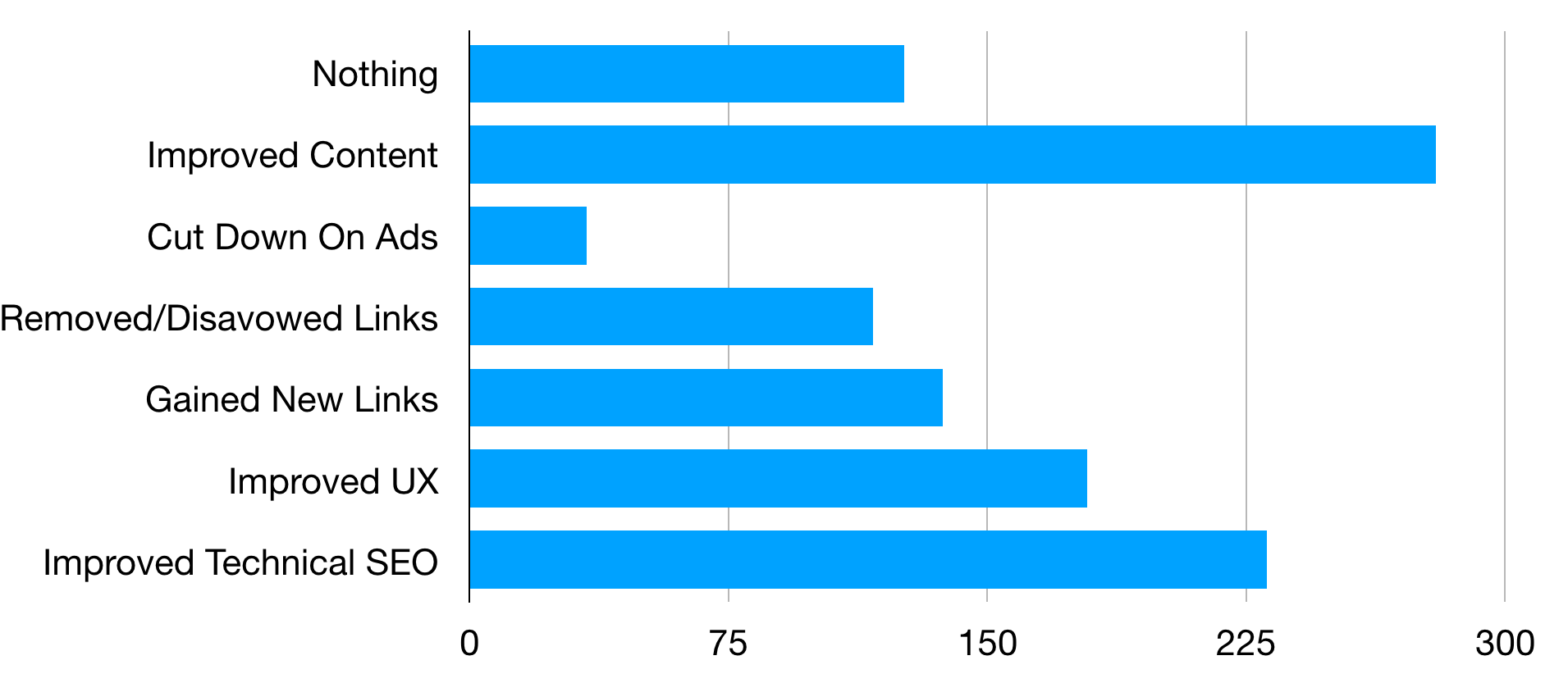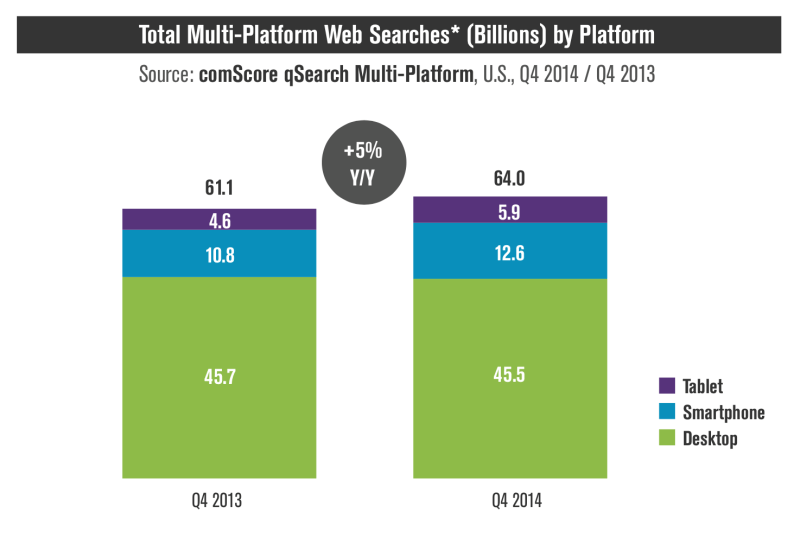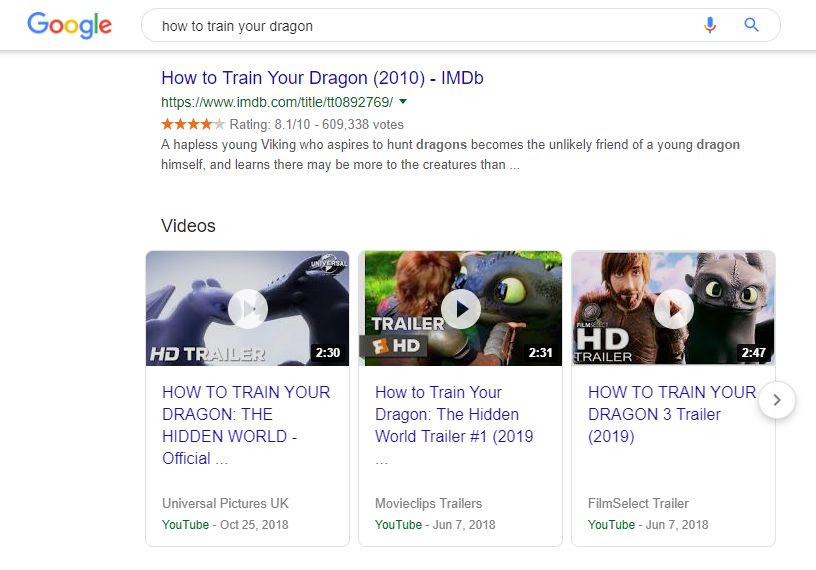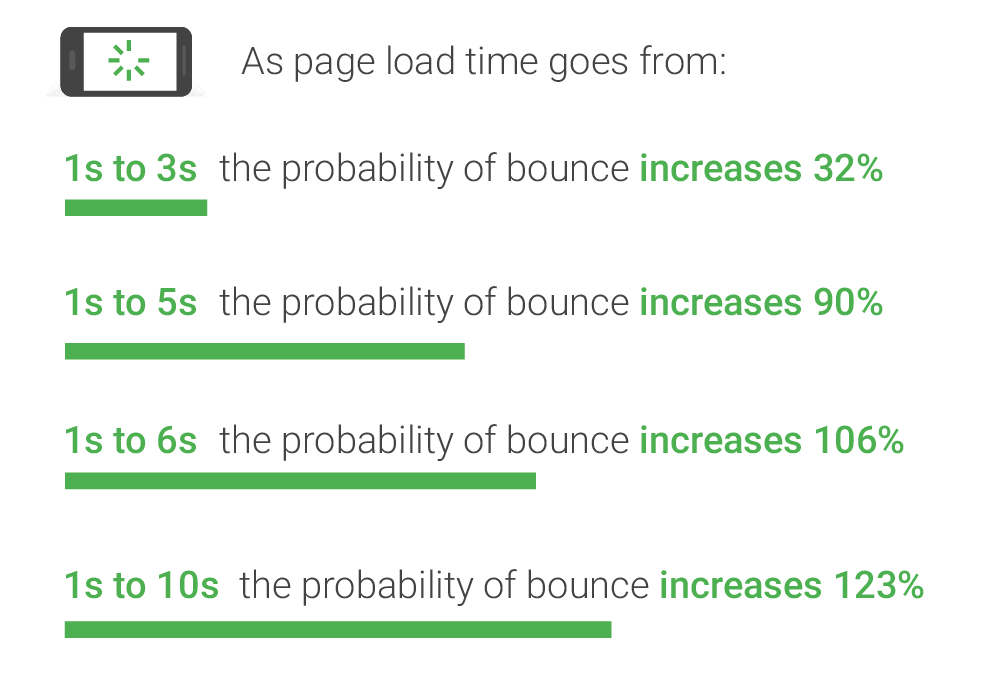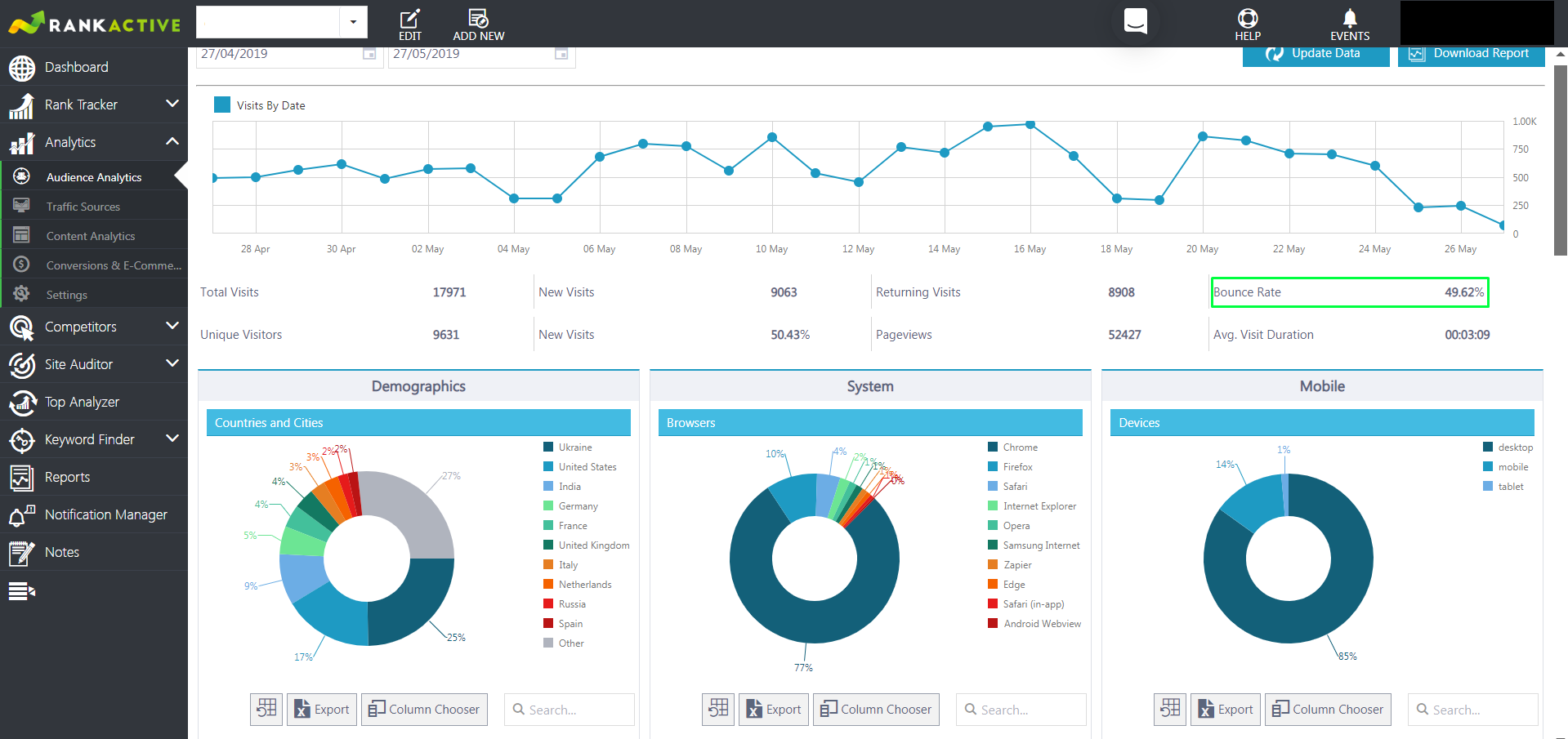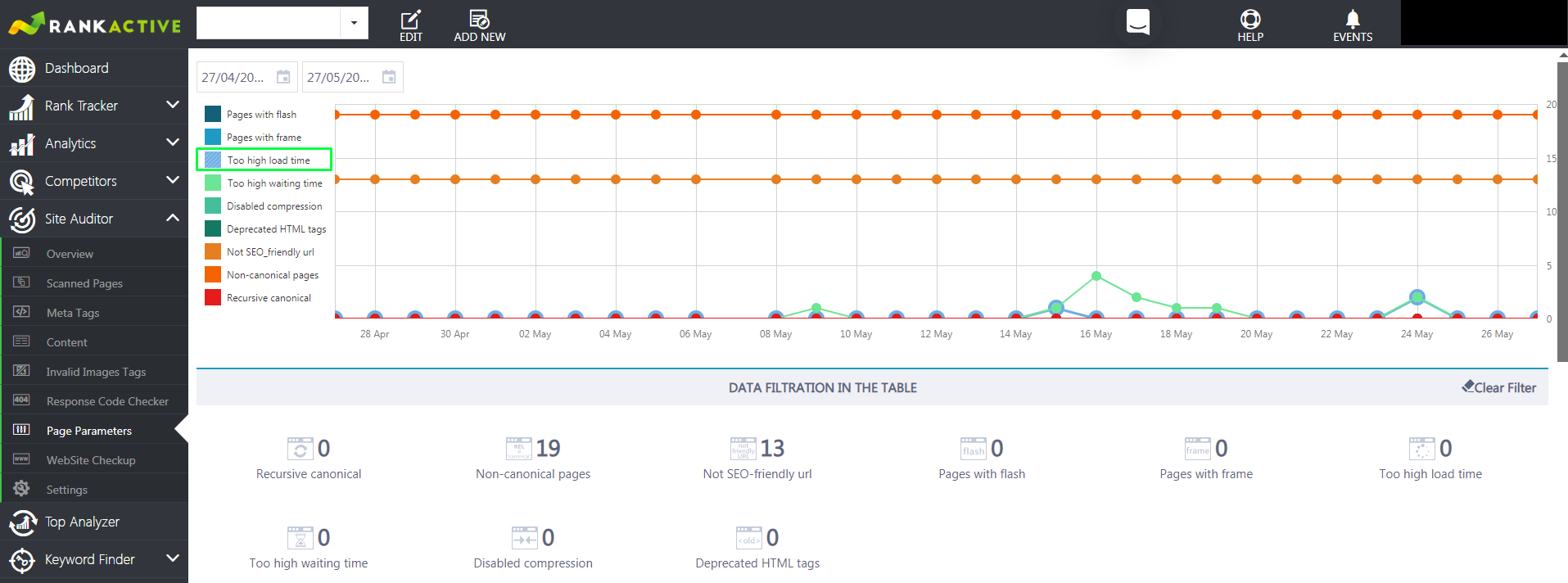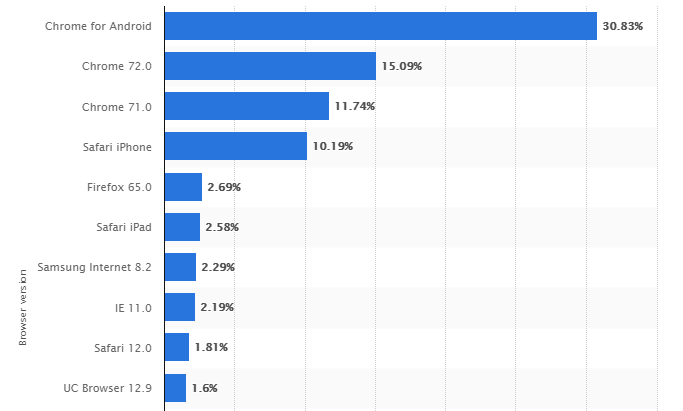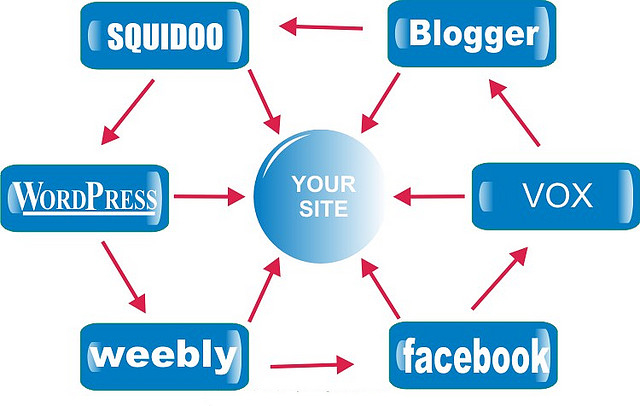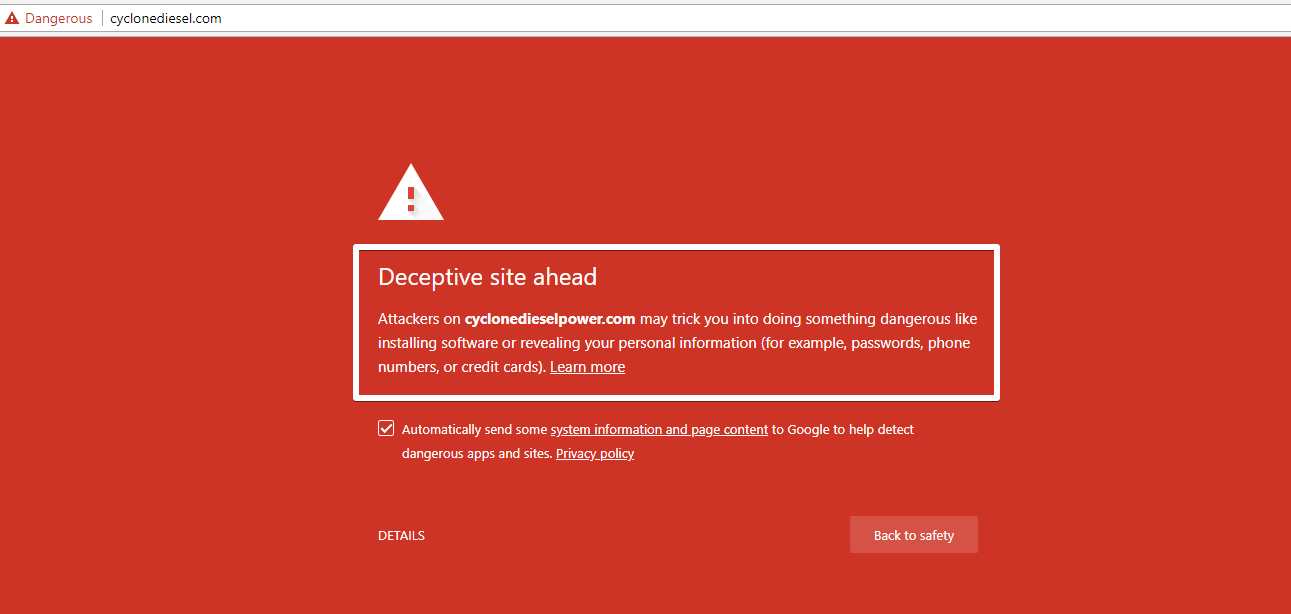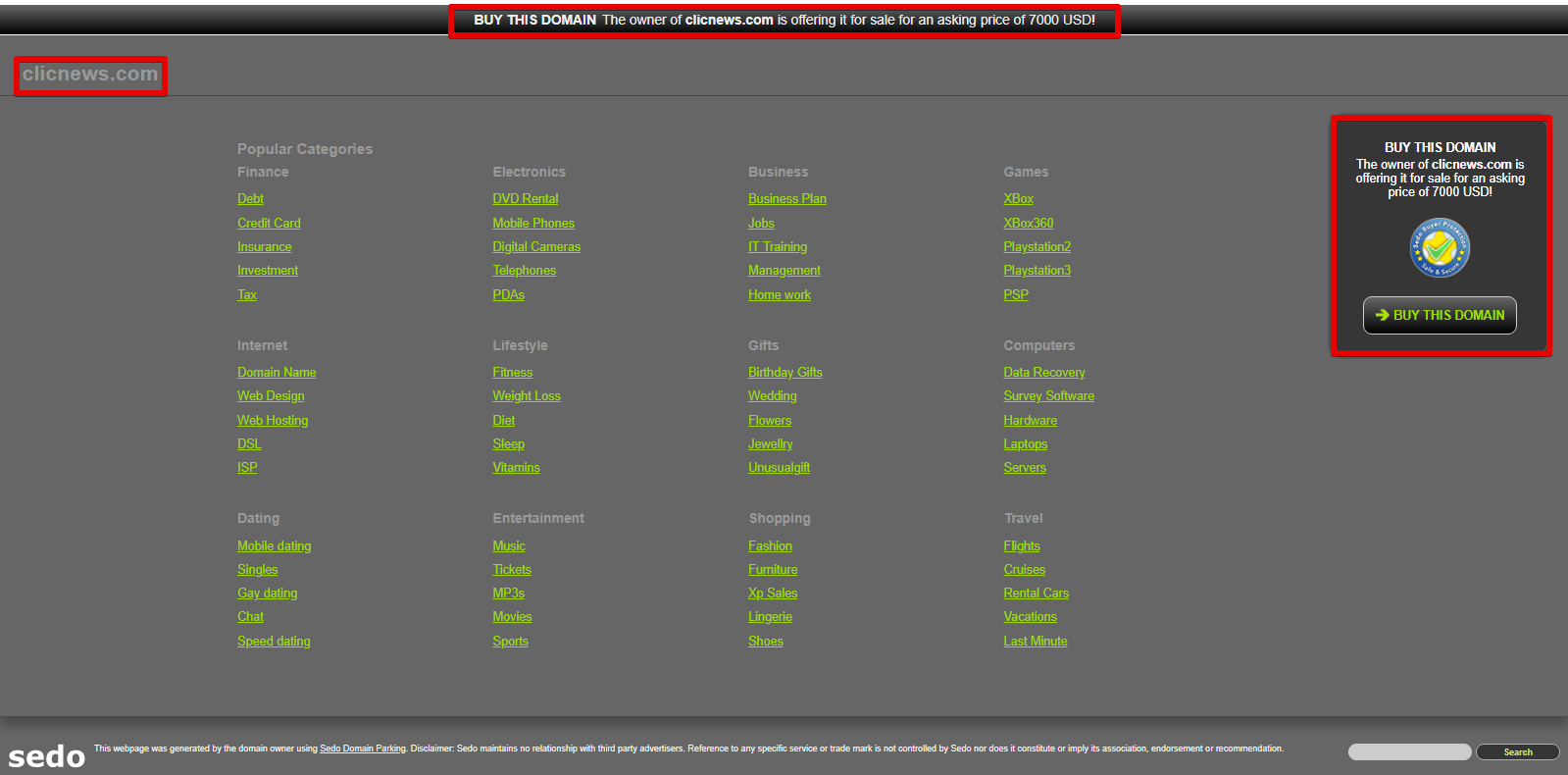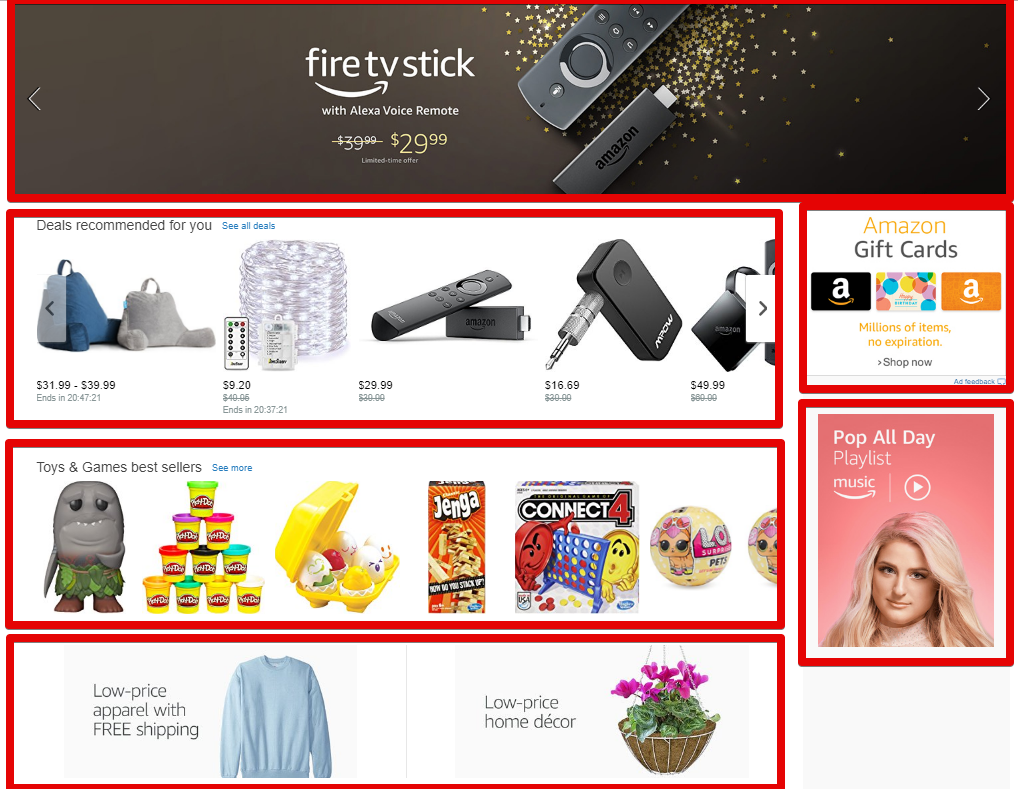Article Update: Top Google Penalties. Is Google Trying to Kill SEO?
3 June 2019 Leave a comment ALL-HANDS SEO
“Successful SEO is not about tricking Google. It’s about PARTNERING with Google to provide the best search results for Google’s users.” © Phillip Frost
Google Algorithm has always been a burden for many websites. Almost every month Google rolls out new updates which may badly affect SEO; as a result, many sites are getting penalized by Google. That is why you may find plenty of articles considering do’s and don’ts, analyzing Google’s policy, and providing remedies on how to recover from these turnarounds.
RankActive is not going to create another piece of content explaining the ways to improve search optimization. In this article, we’d like to encompass all known Google upgrades and top mistakes leading to Google’s penalties.
Google Search Algorithm is aimed at defining whether a page deserves to be well-ranked. Google’s priority, at least that’s what they claim, is providing relevant content to users.
GOOGLE PANDA UPDATE
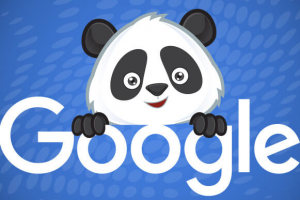
- Date: February 24, 2011
- Goal: Combating Irrelevant Content
Originally, Google Panda was just a minor update within Google policy. Nowadays Google Panda Update plays a significant role in the Google Algorithm. On February 24, 2011, Google published an article that explained the main aim of Panda:
“This update is designed to reduce rankings for low-quality sites — sites which are low-value add for users, copy content from other websites or sites that are just not very useful. At the same time, it will provide better rankings for high-quality sites — sites with original content and information such as research, in-depth reports, thoughtful analysis and so on.”
What are the Main Reasons to be Affected by Google Panda Update?
► Automatically Generated Content. Content consisting of random text.
► Content Mismatching a Search Query. Pages don’t give relevant answers to queries. They also trick users to click on a picture to get what they search for, but they are transferred to an empty page or page with ads.
► Duplicate Content. Copied content appearing on different websites, or plagiarism.
► Content Farming. A piece of content written by many freelance writers which can be found on many websites and social media. Content farming is usually considered as spam.
► Low-quality User-generated Content (UGC). Content full of spelling mistakes.
► Ad Content. A massive amount of ads instead of original content.
As Panda became a major tool for a site’s rankings, the update changes on a monthly basis. From Google’s standpoint, pages with irrelevant content are against their policy.
GOOGLE PENGUIN UPDATE
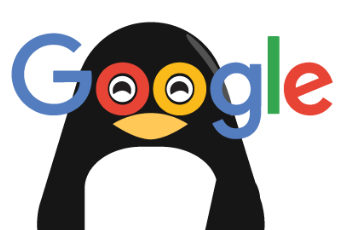
- Date: April 24, 2012
- Goal: Enhancing Links’ Quality
As Panda Update is focused on low-quality and irrelevant websites, Penguin Update is all about the quality of links. Google Penguin Update gives penalties for:
► Link Schemes. Purchase of backlinks from low-quality websites to improve website’s rankings in SERP.
► Spammy Links. Type of links on your website leading to spammy sites and the opposite – spammy links referring to your site.
► Keyword Stuffing. Massive keywords repetition to trick someone’s perception of the site. Here is the Google’s example of keyword stuffing:
We sellcustom cigar humidors. Ourcustom cigar humidors are handmade. If you’re thinking of buying acustom cigar humidors, please contact ourcustom cigar humidor specialists atcustom.cigar.humidors@example.com.
During several years, Google Penguin Update expanded continuously, but Google stopped enlarging the update after launching Penguin 4.0 & real time on September 23, 2016. Pages will be tested by Penguin as part of the regular process. Here’s how Google announced new changes:
“With this change, Penguin’s data is refreshed in real time, so changes will be visible much faster, typically taking effect shortly after we recrawl and reindex a page. It also means we’re not going to comment on future refreshes.”
It implies that pages are tested by Penguin as the part of the regular process without announcing new changes.
GOOGLE HUMMINGBIRD UPDATE
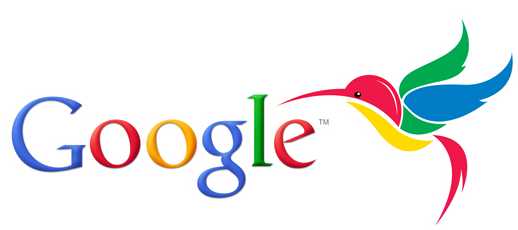
- Date: August 30, 2013
- Goal: Providing Relevant Results for Queries
Google Hummingbird Update was one of the most significant updates launched by Google. In fact, it’s been playing a great role in enhancing the core algorithm since 2001.
Hummingbird isn’t as scary as many users expected after Panda and Penguin updates. On the contrary, Hummingbird Update is responsible for:
► Quick and Useful Results for Queries. One of the most effective options of this feature is providing various search results related to a query.
► Understanding Synonyms and Dividing Content by Subject. If you put “ginger cookies” in a search line, you will get relevant results of your query: recipe, related search, synonyms, directions, etc.
It’s necessary to note that most people in the SEO industry weren’t badly affected by the Hummingbird Update.
GOOGLE PIGEON UPDATE
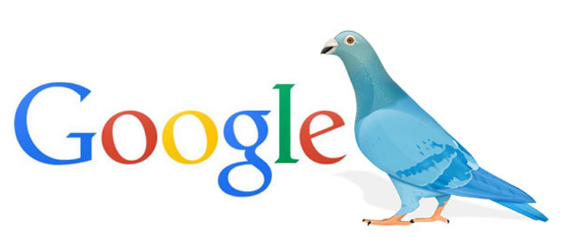
- Date: July 24, 2014
- Goal: Providing Local Organic Results
With this upgrade, local search has become more important, and Google’s update took the local search to a new level of accuracy and efficiency. The Pigeon was described as the largest local upgrade since the 2012 Venice update.
Pigeon Update tied organic search with the core algorithm by implementing several new alterations:
► Local Businesses’ Distance and Location. The search radius was narrowed according to a query. For instance, if a person puts “seafood restaurant,” the search process will narrow the general results and provide the nearest location.
► Biggest Outcome – from 7-pack to 3-pack Local Results. Before the update, Google Search showed 7 different results regarding a query, but with the Pigeon Update, the local results now consist of 3 packs, which takes some businesses to the top.
► The Use of Leads and Conversions. For example, “Call Now” or “Get Directions.” You even can check out the menu out or book a table by clicking on site’s link.
Google Update not only changed rankings of many businesses but also provided users with the information they wanted at once. Google Pigeon Update is aimed to give the most relevant and useful results in a local setting by filtering a certain radius and relevancy to a user’s search.
GOOGLE MOBILE-FRIENDLY UPDATE

- Date: April 21, 2015
- Goal: Mobile Usability And Efficiency
We won’t go into details about mobile-friendly page as RankActive has already explained its principles and features. Simply put, the mobile version will be the biggest priority for rankings after the upcoming Mobile-First Indexing. Test whether your mobile content is mobile-friendly or not, and change mobile content if you need to improve it according to Google’s remarks.
FRED & MACCABEES
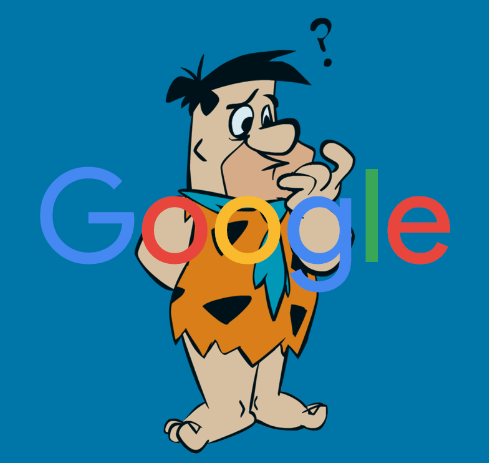
- Date: March 8, 2017/December 12, 2017
- Goal: Removal Of Heavy, Spammy Ad Contents
Despite the fact that Fred wasn’t confirmed as an official update (until March 24), many SEO experts and websites owners were badly affected by this new update.
Later that year, Google confirmed the inheritor of Fred – Maccabees. The main objective of these two upgrades lies in decreasing and removing low-quality websites with tons of spammy ads along with improving the relevance of pages. RankActive has already analyzed the Maccabees Update which complements its ancestor Fred.
Updates as of May 2019
CORE UPDATES 2018-2019
Starting from last year, Google has regularly conducted “core updates”. This is a new phenomenon for SEO managers because Google doesn’t provide any information about what parts exactly were updated. It makes SEOs and website owners guess and draw personal conclusions.
March 2018
Last March, lots of marketers noticed changes in their rankings, which dropped significantly in some cases. Usually, it happens because of Google updates, and yes, the company officially confirmed the changes:
“Each day, Google usually releases one or more changes designed to improve our results. Some are focused around specific improvements. Some are broad changes. Last week, we released a broad core algorithm update. We do these routinely several times per year”.
It was announced that there wasn’t any fix for websites that lost their positions, so uncertainty became the main problem for SEOs. Google didn’t give any names to this update saying that the best option is to focus on creating great content.
April 2018
In a month, another core algorithm update was confirmed. Just like last time, the SEO community could do nothing with the changes. As a result, marketers from all over the world started exchanging their experiences on forums to shed some light on this issue.
August 2018
This was another time when many SEO managers started noticing heavy changes in their rankings, and Google confirmed the core update again. As Google didn’t give any particular explanations, Barry Schwartz conducted his own research and later called it the “medic” update.
Barry reviewed over 300 websites, and that’s some interesting statistics:
The healthcare and wellbeing sites were impacted the most by the new algorithm update. The e-commerce branch goes next, but it was noticed that many affected e-commerce websites sell healthcare products.
This was the first time when the survey showed such a “preference” to one particular niche. But because Google didn’t leave any instructions, marketers could only work on content improvements and wait for their rankings to come back.
March 2019
Another announcement came a couple of months ago. And again, we didn’t get any news about the actionable tips to improve rankings. Google noticed that SEOs were trying to give names for each core update, so this one was called “March 2019 Core Update” – that’s all we’ve got.
This time, the community was already prepared, and the first survey results appeared ten days after the update announcement. Healthcare, content, and e-commerce websites were hit the most:
But you should keep in mind that Google always states that core updates do not concern any specific industries, so all you can do is to keep an eye on your content and rankings. That’s what work was done to change the situation for the better:
Content is a ruler in Google kingdom, so make sure you give it the best you content. And don’t forget to conduct regular content audits to notice problem issues on time.
MOBILE-FIRST INDEX
In a few days after the first core update, on March 26, Google announced the mobile-first indexing. It’s not surprising that the company worked a year and a half to roll out this feature: the smartphone searches started to grow back in 2013-2014. And Google made a post about it in 2015.
Search index, in general, is a set of web pages discovered by the search engine. Previously, Google bots crawled links from the desktop “point of view”, now they look at the pages with the eyes of smartphone users.
Although Google would be happy to see the mobile version of your website, it is okay to have only the desktop one. For those who have both versions, you should make sure you have the same amount of content on mobile and desktop.
In any case, your content should load as fast as possible and be easily understandable for mobile users. But still, the most relevant content would be ranked higher. Even if it’s not mobile-optimized and loads slowly, it can gain first positions. The winning combination is to create useful content and fully optimize it for mobile.
VIDEO CAROUSELS
In June 2018, Video Thumbnails started disappearing from search results, and Video Carousels came to take their place. Just like mobile-first indexing, this feature had been tested for over a year before the final roll out.
From first glance, it looks like a valuable addition to user experience, but online retailers may have another opinion. Some marketers reported that their content somehow appeared on carousels, but there weren’t any videos on their websites. Plus, when users are looking for a product, they tend to skip videos in SERPs.
Hence, SEO experts and business owners started asking how to get out of Video Carousels. Even though John Mueller left a recommendation on this issue, questions continued to appear here and there, and finally, we heard it during one of the Google Webmaster hangouts.
In August 2018, Video Carousels seemed to become more “picky”, and many retailers stopped seeing the unwanted search results in carousels. For now, the only option for e-commerce websites is to keep an eye on the search statistics and turn off video crawling where possible.
MOBILE SPEED UPDATE
The speed update was announced last January, but its official rolling out started on July 9. And again, this update does not seem surprising – web users pay lots of attention to the page’s speed. Google, in particular, conducted research showing the connection between load times and bounce rates:
Of course, the page’s speed was always important for Google crawlers, but this update is focused specifically on mobile pages. In other words, it became an official ranking factor for searches conducted via smartphones.
The key points of this update are:
- Only the slowest mobile pages can notice a big positions drop. But content continues to be the crucial factor: “The intent of the search query is still a very strong signal, so a slow page may still rank highly if it has great, relevant content.”
- Subsequently, if your website is fast, there should not be any significant changes in rankings. Or you can rank higher, which means your competitors have very slow websites.
- It’s better to consider several performance metrics at once and work on improving them to see positive changes in rankings.
Mobile-first indexing and speed updates should encourage you to build a fast mobile version of your site.
The tools recommended by Google to check website performance:
If you have a RankActive account, you can check everything you need in the Analytics and Site Auditor sections. In Analytics, you’ll find all the data from the Google Analytics account, while Site Auditor contains information about the pages with high load time.
“NOT SECURE” NOTIFICATIONS IN CHROME
According to Statista, Chrome is the most popular browser both on mobile and desktop (February 2019), so it’s better to keep up with its latest updates.
One of them is “not secure” notifications. Starting from the 68th version, Chrome has informed users that an HTTP web page is not secure.
Although an SSL certificate is considered to be a common practice now, not all web platforms follow it. Even if your website does not ask any private information, you can quickly lose the users’ trust with the “not secure” reference next to the search bar. From now on, it should be a priority in your web security strategy.
Top Mistakes Leading To Downfall
Previously, we have reviewed all major Google Updates. Every article throughout the network tells us: “How To Avoid Google Updates?”, “Ways to Recover from Collapse,” “What Should I Do To Save My Site’s Rankings?”, etc.
Over the past years, Google didn’t penalize websites overnight. They could withhold benefits or roll out updates which wouldn’t wipe your site out.
The latest upgrade – the Maccabees Update – turned the whole image into disaster. Thousands of websites were affected, and it leads to the red point: why Google became so vindictive? So, why would Google blacklist a website?
► Buying Links. Purchasing or selling spammy links may dramatically affect your website. Many webmasters are certain that Google will never catch them as they buy intermediary links and create so-called “link wheels” or “link pyramids.”
- Link wheel is a SEO strategy referring to a network of sites linked to the following site in the wheel. For example, having 6 sites from A to F, A links to B, B to C, C to D, D to E, E to F, and F would back to A. All of these sites would link to the “money page,” which is your website.
- Link Pyramid is a SEO tool consisting of three or four tiers with the top tier “money page.”
► Duplicate Content. Many users think they can trick Google by copying content from various sites. It’s like a circle of collecting the same information which will eventually lead to Google penalty. Plagiarism is considered to be one of the worst things; hence, the duplicate content immediately disappears in “Google’s eyes.”
► Broken External Links. “Oh God! Again links?” – you’ll ask. Broken Links are unnatural. Apparently, it’s the case when a website owner doesn’t care about up-to-date links.
► Keyword Stuffed Content. Keywords are the largest part of SEO, but overusing always leads to terrible results. Some websites use the same keywords to attract a user’s attention. But, in fact, their description or content mostly consists of repetitive keywords which can badly affect site’s rankings. For example:
Keyword stuffed contentis bad for SEO. Do you know whykeyword stuffed content is a disadvantage? Becausekeyword stuffed contenttries to trick Google to get more search responses. Therefore, Google will penalize websites with keyword stuffed content instantly.
► Malicious Behavior. Once a user enters a website, viruses or trojans will be installed on the device. There’s a list of some of the “dirtiest” websites:
17ebook.com
aladel.net
bpwhamburgorchardpark.org
clicnews.com
dfwdiesel.net
divineenterprises.net
fantasticfilms.ru
gardensrestaurantandcatering.com
ginedis.com
gncr.org
Some of these websites are dangerous, and some of them even try to sell their domains:
► Website’s Timing. When a loading time is long, everyone gets annoyed: a user, a search engine, and consequently, a webmaster. If a website loads for a long time, Google would rather stop sending users to the dead end.
► Flashy Ads. Advertising is fine unless all website’s content consists of prominent ads. It should be the second concern while a relevant content should the first one. That’s why Google rolled out Fred and Maccabees Updates.
We can keep on giving more and more examples of websites getting penalized by Google. In fact, there are many other reasons to be punished, destroyed, and banned for.
Sometimes it’s impossible to notice all negative changes within a website, but Google is getting smarter every year. Perhaps, Google will roll out new upgrades to cause the demolition of many websites, but the real question is:
Is Google Trying to Kill SEO?
We have no right to tell “yes” or “no” as this question has always been controversial. Some experts may say that Google is against SEO referring to “search engine manipulations.” SEO enthusiasts always try to manipulate Google by using link farms, flashy ads, buying links, etc.
We have explained so far all major updates from 2011-2017, and it’s clear that the original purpose has dramatically changed. For instance, Hummingbird and Pigeon were focused on enhancing search results for queries, but modern updates such as Fred and Maccabees caused a sharp drop in traffic overnight. We would say that Google isn’t trying to kill SEO itself, but they are trying to shut down search engine manipulations.
Conclusions
Google plays a great role in altering SEO in various ways. Furthermore, it’s necessary to know that SEO continually undergoes changes and there’s no way avoiding it.
Some updates make great changes to the core algorithm, but some of them can only decrease their rankings, change their positions in SERP, and lower traffic almost instantly.
A small reminder: we don’t want to provide another list of “top ways to get a recovery” as there are plenty of them all over the net. We just wanted to highlight these crucial moments, which may put your site into decline. We hope that now you have a total perception of do’s and don’ts regarding SEO manipulations, and Google’s policy to change the situation.
To get relevant rankings and a good reputation in SERP, it’s good to cooperate with Google. Be aware that Google Algorithm can change overnight, so you should adjust to all Google’s turn-ups.
Tags: Analytics, content, content audit, Google update, Site Auditor
Like this article? There’s more where that came from.
- 5 Questions to Ask Yourself Before Paying for Rank Tracking Software
- 5 Serious Mistakes Beginner SEOs Make and How to Fix Them
- Why We Use Google’s New Link Attributes and You Should Too
- Title and Description in 2021: Why Google Rewrites SEOs’ Meta Tags
- What We Should Learn From Google’s “About This Result” Feature



